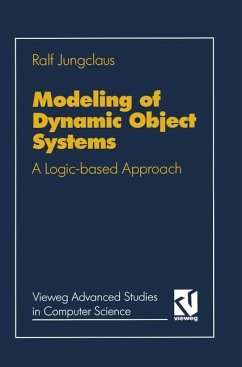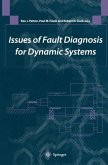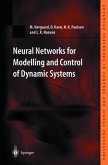This book is concerned with conceptual modeling, design and specification of in formation systems. Conventional information systems design starts with separating data from op erations, designing each with its own collection of concepts, methods, tools - and people: conceptual modeling for the imformation structure, and program design for the application programs. The separation carries through until the final implemen tation: data are collected in databases and managed with database management systems, and application programs are implemented with programming languages. This approach tends to suffer from a problem known as impedance mismatch. The basic paradigms underlying databases and programs - modeling, design, languages, and systems - do not fit easily together: there are incompatible type systems, data formats, operation modes, etc. The object-oriented paradigm promises to overcome these problems: a system is viewed as a community of interacting objects, each incorporating data and oper ations. While we still have object-oriented programming languages incompatible with object-oriented database systems, ideas and approaches seem to converge to wards homogeneous software systems dealing with both data and operations in a uniform way. Viewing a system as a community of interacting objects does not solve all prob lems. Beyond the object concept, abstraction and structuring principles are needed, together with languages and methods to work with them.








